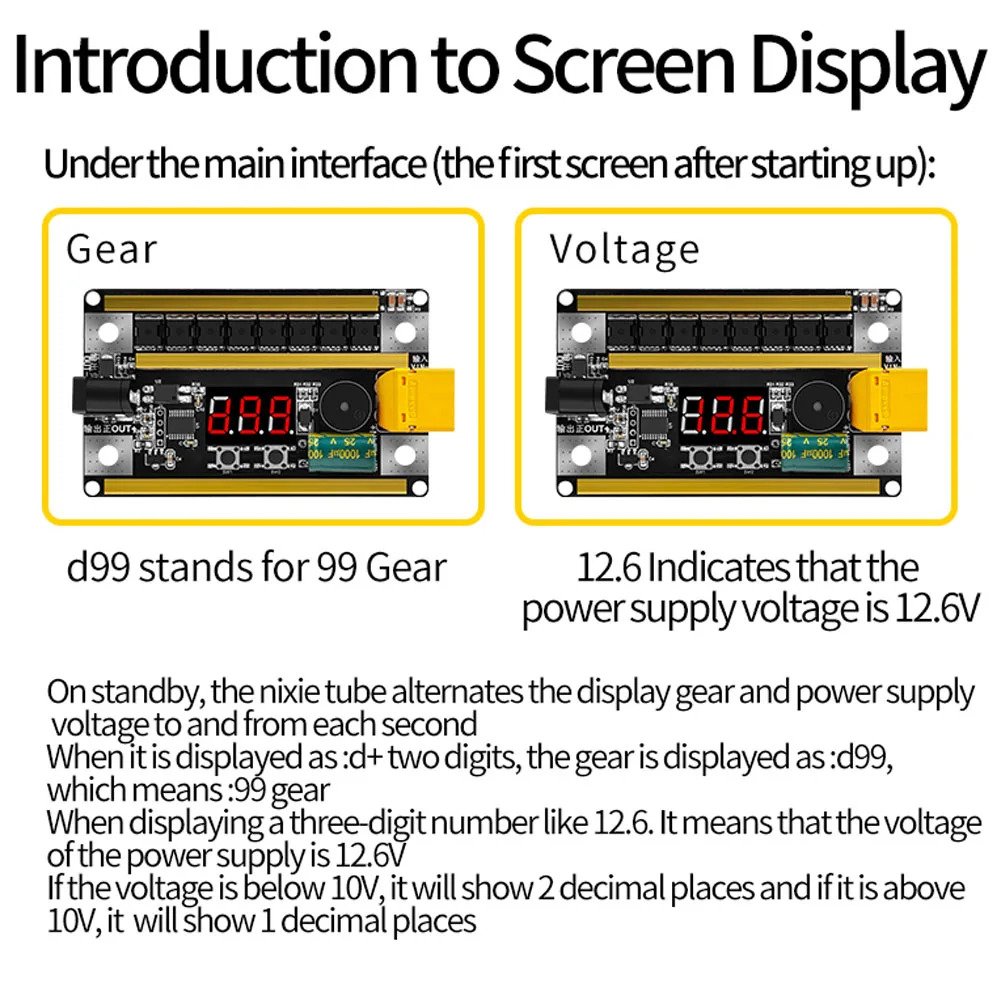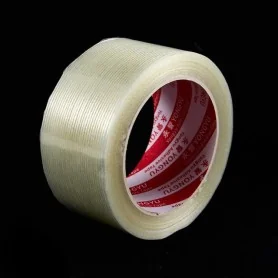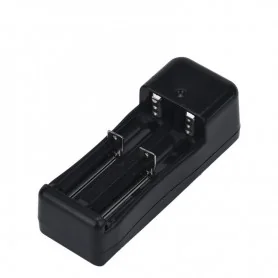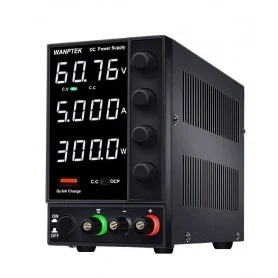The images of the products are informative and may show minor differences, depending on the batch and the supplier. It is possible that the specifications and the price of the products can be changed without notice. We do our best to add the most accurate and correct specifications to the product page, but it is possible that they are not completely correct. if you identify such a case, please report this to us.
The product is intended for specialists and requires qualified and authorized personnel. The product does not include assembly/use instructions . Putting the product into operation by unqualified persons leads to the loss of the warranty according to the Terms and Conditions on the website.
Spot welding module, 12VDC, 2400A, adjustable, switch operation
 INTERNATIONAL DELIVERY
INTERNATIONAL DELIVERYInternational fast shipping within EU. Free Shipping for orders above 100 EUR in most EU countries.
 FAST DISPATCH 24H
FAST DISPATCH 24HWe ship from our stock within 24H
 DISCOUNT 5%
DISCOUNT 5%All orders minimum 100€
The Spot Welder, also called "Spot Welder", is a portable soldering equipment, perfect for DIY enthusiasts who work with 18650 batteries (or any other batteries that require spot welding). Made from a quality printed circuit board (PCB), this welding module offers a high precision output power, adjustable in 99 levels, for extremely precise welding, ideal for both fine nickel plate work and for applications of continuous welding on thousands of points.
DO NOT USE LEAD ACID BATTERIES OVER 40A!!! THE MODULE WILL BURN!!! The manufacturer mentions that lead-acid batteries of up to 100A can be used, BUT it refers to very used batteries that are no longer capable of providing the original current. With new batteries, DO NOT exceed 40A (approximately 300A current supplied).
For this module there is available the case made by 3D printing, reference code 5001.
One of its strong points is the 3-digit tube digital display, which not only indicates the current power level, but can also detect the battery voltage, thus adding an extra interest to the spot welding process. In standby mode, the digital display switches alternately between displaying the level position and the supply voltage, thus providing vital information in real time.
A switch can be added to the 5.5x2.1 socket to trigger the welding, like a pedal.
The unit is distinguished by its three ingeniously designed work modes, allowing the user to choose between normal power mode, enhanced power mode and super power mode, depending on the specific needs of the project at hand. Moreover, the machine allows the adjustment of the delay time for welding in two points, with the possibility of setting a delay time of 0 or 1 second, adaptable to specific work requirements.
In addition, this device works not only as a spot welder, but also as a voltmeter, being equipped with a high-precision 12-bit ADC (analog-digital converter), which measures voltage with an accuracy of 0.01 volts and a range of 8-24V testing. The voltage is displayed automatically when the device is connected to the power source.
It includes a flexible soldering iron made of multi-layer high-temperature wire, which ensures more sensitive operation and high strength, as well as a robust pure copper soldering iron design with aluminum oxide copper welding pins , thus ensuring a high current transfer capacity and increased durability.
To reduce internal resistance, the cold pressing process increases the contact surface of the pure copper connection. Regarding the power supply, one can opt for a variety of power sources, such as lead-acid batteries NOT GREATER THAN 40A , RC model batteries, power sources for starting the car (jump starter) or manually assembled batteries, with various specifications.
The kit includes a control board, two input cables, a set of soldering pencils, shrink tubing, a set of screws and a nickel plate. With compact dimensions and low weight, this equipment is ideal for precision work and DIY projects of lithium-ion battery welding.
The module was not designed for long spot welding sessions! Use sensibly and with long enough breaks between welding series, to allow the module to cool down. If it is hot, let it cool before continuing the welds. Burning the module will void the warranty.
Batteries that cannot provide enough current will not be capable of spot welding. We recommend the use of batteries for Radio models, especially the 3S or 4S batteries used in drones, as they have a high discharge current. Used with a lead-acid car battery, a 12V battery is required, UP TO 40A.
Specifications:
Material: Printed Circuit Board (PCB)
Working Voltage: 8-24V
Compatible batteries: LiPo 3S, Lead Acid 12V MAXIMUM 40A
Working Current: <20mAh
Maximum Welding Current: 2400A
Standby consumption: <0.5mAh
Welding thickness: 0.1-0.2mm
Temperature Limit: 175°C
Adjustable Power Levels: 99 levels
Digital Display: 3-digit digital tube for level and voltage
Modes of Work: 3 (normal, strengthened, super)
Adjustable Delay Time: 0 or 1 second
Dual Functions: Spot welder and voltmeter
Voltage Measurement Accuracy: 0.01 volts, 8-24V range
Welding Lead: Flexible, 12AWG, multi-layer high temperature wire
Pure Copper Solder Pen: Robust design with aluminum oxide copper solder pins
Cold Pressing Process: Improves contact and reduces internal resistance
Unit Dimensions: 89 x 54mm
Use:
The module was not designed for long spot welding sessions! Use sensibly and with long enough breaks between welding series to allow the module to cool down. If it is hot, let it cool before continuing the welds. Burning the module will void the warranty.
When starting the module, the power that can be set up to 99 will be displayed. This value can be changed through the two buttons, one plus and one minus.
To enter the settings, press and hold the SW1 button, then select between the P and A settings. The setting is made from SW2. To set the power, you can choose a power range between P-1, P-2 and P-3. The selection of the delay will be done by holding the SW1 button followed by the SW2 button and you can choose between Ao (no delay) and A-1 (1 second delay).






































